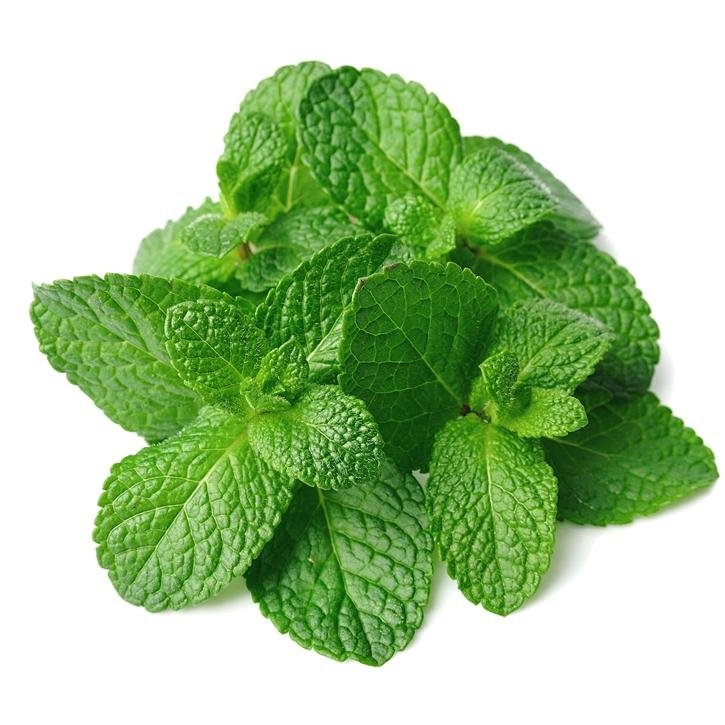Mentha spicata is an aromatic plant, about 30 cm high, spontaneous hybridization between Mentha viridis and Mentha aquatica, which highlights its essential oil, widely used for its therapeutic properties at digestive and respiratory level. It is also used in gastronomy and perfumery for its intense and fresh aroma, or to improve the organoleptic characteristics of many phytotherapeutic preparations.
The leaves are lanceolate, toothed, glabrous and hairy on the underside. The flowers are small lilac or pink, sometimes white. The roots are extensive and invasive.
The term spica refers to the lanceolate shape of its leaves (spica means spear).
The dried leaves.
Pregnancy and lactation
No special precautions at the recommended doses
They have not been described.
At recommended doses no side effects are expected.
-.Fatiha Brahmi, Madani Khodir, Chibane Mohamed and Duez Pierre. Chemical composition and biological activities of Mentha species. March 2017. DOI: 10.5772/67291.
-.Mohaddese Mahboubi. Mentha spicata L. essential oil: phytochemistry and its effectiveness in flatulence. Journal of Traditional and Complementary Medicine 11 (2021), 75-81.
-.Ganesan Mahendran, Sanjeet Kumar Vermal, Laiq-Ur Rahman. The traditional uses, phytochemistry and pharmacology of sperarmint (Mentha spicata L.): a review. Journal of Ethnopharmacology. Volume 278, 5 october 2021, 114266.
-.Mohammed S. Ali-Shtayeh, Rana M. Jamous, Salam Y. Abu-Zaitoun, Ahmad I. Khasati, and Samer R. Kalbouneh. Biological properties and bioactive components of Mentha spicata L. essential oil: focus on potential benefits in the treatment of obesity, Alzheimer´s disease, dermatophytosis and drug-resistant infections. Evidence-Based Complementary and Alternative Medicine Volume 2019, Article ID 3834265, 11 pages.
-.Gokhan Zengin, Gunes AK, Ramazan Ceylan et al. Novel percepcion on chemical profile and biopharmaceutical properties of Mentha spicata extracts: adding missing pieces to the scientific puzzle. Plants 2022, 11, 233
-.Leong Ay Kee, Amal Bakr Shori and Ahmad Salihin Baba. Bioactivity and health effects of Mentha spicata L. Integr Food Nutr Metab, 2017. Volume 5(1): 1-2.
